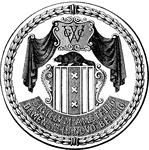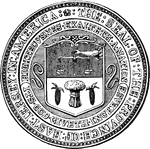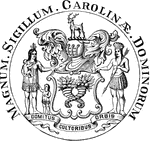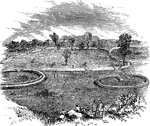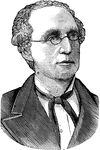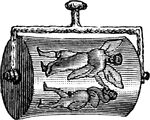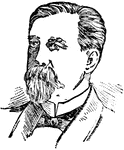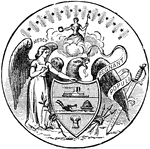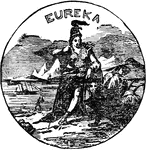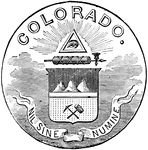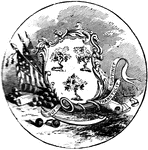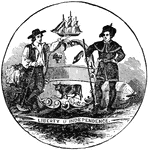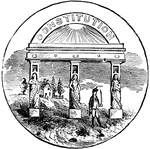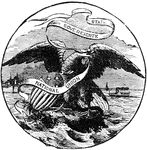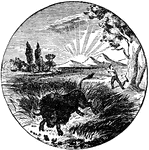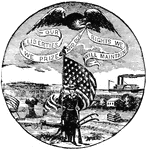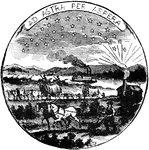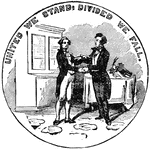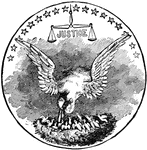
Porcelain Marks
"Porcelain is a fictile material intermediate between glass and pottery, being formed of two substances,…

Porcelain Marks
"Porcelain is a fictile material intermediate between glass and pottery, being formed of two substances,…
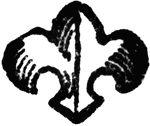
Porcelain Marks
"Porcelain is a fictile material intermediate between glass and pottery, being formed of two substances,…
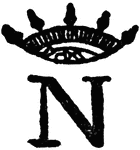
Porcelain Marks
"Porcelain is a fictile material intermediate between glass and pottery, being formed of two substances,…
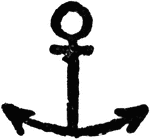
Porcelain Marks
"Porcelain is a fictile material intermediate between glass and pottery, being formed of two substances,…

Porcelain Marks
"Porcelain is a fictile material intermediate between glass and pottery, being formed of two substances,…
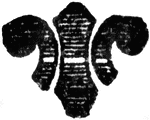
Porcelain Marks
"Porcelain is a fictile material intermediate between glass and pottery, being formed of two substances,…
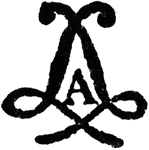
Porcelain Marks
"Porcelain is a fictile material intermediate between glass and pottery, being formed of two substances,…
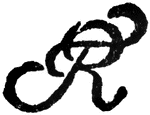
Porcelain Marks
"Porcelain is a fictile material intermediate between glass and pottery, being formed of two substances,…
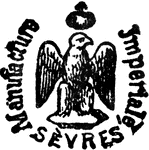
Porcelain Marks
"Porcelain is a fictile material intermediate between glass and pottery, being formed of two substances,…
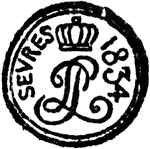
Porcelain Marks
"Porcelain is a fictile material intermediate between glass and pottery, being formed of two substances,…

Porcelain Marks
"Porcelain is a fictile material intermediate between glass and pottery, being formed of two substances,…
American Locomotive
"Three locomotives were imported from England in 1829, and the first trial in America took place Aug.…

Early Locomotive
"Three locomotives were imported from England in 1829, and the first trial in America took place Aug.…

Hooded Seal
"The Seal, of the family Phocidæ, or seal tribe, are, of all four-limbed mammiferous animals,…
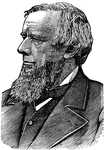
Allen G. Thurman
"Ex-Senator Allen G. Thurman, of Ohio, a gentleman held in the highest esteem by both political parties,…

Thomas A. Hendricks
"Thomas Andrew Hendricks was born in Ohio on the 7th of September, 1819." —The Popular Cyclopedia,…
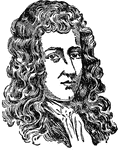
Robert La Salle
A celebrated explorer, born in Rouen, France, Nov. 22, 1643; assassinated March 19, 1687. In 1669 he…

William McKinley
Twenty-fourth president of the United States, born at Niles, Ohio Jan. 29, 1843; died Sept. 14, 1901.…
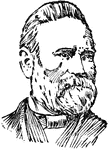
Stanley Matthews
A Statesman and jurist, born in Cincinnati, Ohio, July 21, 1824; died in Washington, D. C., March 22,…

Pear Design
"Also known as the cone, the palm leaf, the river loop, the crown jewel, the seal, the almond, the feather,…

Pear Design
"Also known as the cone, the palm leaf, the river loop, the crown jewel, the seal, the almond, the feather,…

Pear Design
"Also known as the cone, the palm leaf, the river loop, the crown jewel, the seal, the almond, the feather,…

Pear Design
"Also known as the cone, the palm leaf, the river loop, the crown jewel, the seal, the almond, the feather,…
Pear Design
"Also known as the cone, the palm leaf, the river loop, the crown jewel, the seal, the almond, the feather,…
Pear Design
"Also known as the cone, the palm leaf, the river loop, the crown jewel, the seal, the almond, the feather,…

Solomon's Seal
Built on the right angle triangle and, like the Signet of David, it is found in many of the Turkish…

Seal
The general name of certain genera of carnivorous mammals, havin feet adapted for swimming, and being…

Philip Sheridan
Eminent military leader, born in Albany, New York, March 6, 1831; died at Nonquitt, Mass., Aug. 5, 1888.…
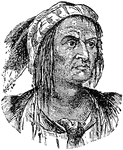
Tecumseh
An Indian chief of the Shawnees, born near the site of Springfield, Ohio, about 1768; slain Oct. 12,…
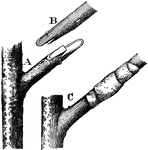
Tongue Grafting
To graft two plants together using the tongue or whip grafting approach, you must first make a sloping…
